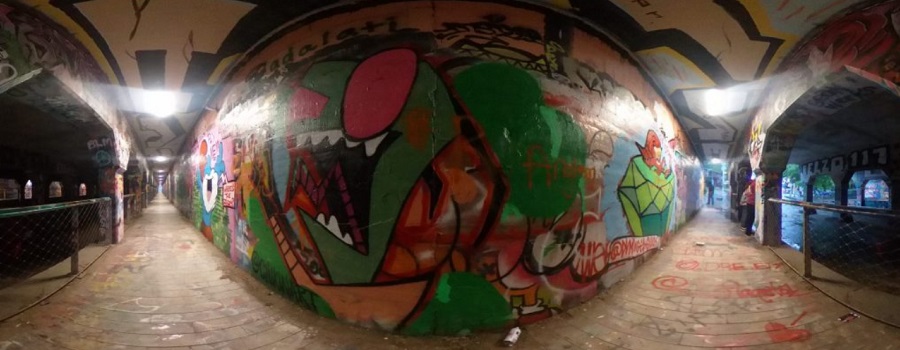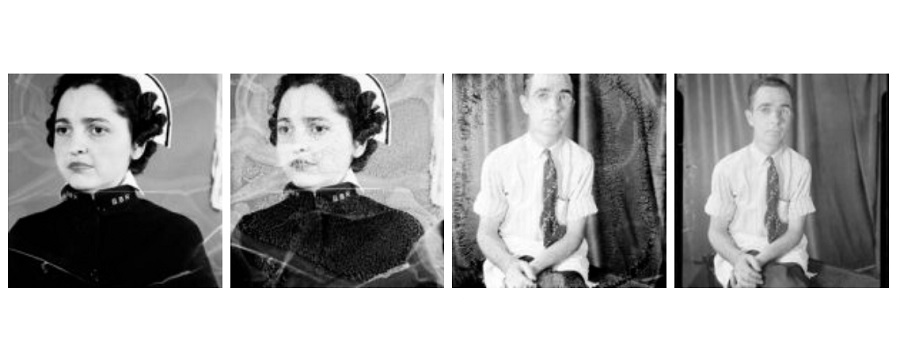Format: Omeka Exhibit

The Phoenix Project: Resurrecting the MARTA Archaeological Collection and Atlanta’s Past
During the 1970s, Georgia State University archaeologists conducted systematic excavations associated with the construction of the Metro Atlanta Rapid Transit Authority (MARTA) rail lines. This...
Read More

Krog Codex: Archive of Krog Street Tunnel
A Community Interactive Digital Archive. Krog Street Tunnel is one of Atlanta’s premier destinations for street art, political communication, and a community bulletin board. Since...
Read More

A Race Against Time: Saving Atlanta’s Photographic History
Online exhibit feature photographs and negatives from Georgia State University’s Special Collections and Archives, consisting of images from six photographic collecting areas: Lane Brothers Commercial...
Read More
 Georgia State University Library
Georgia State University Library